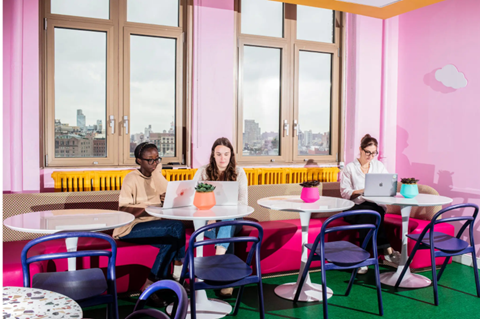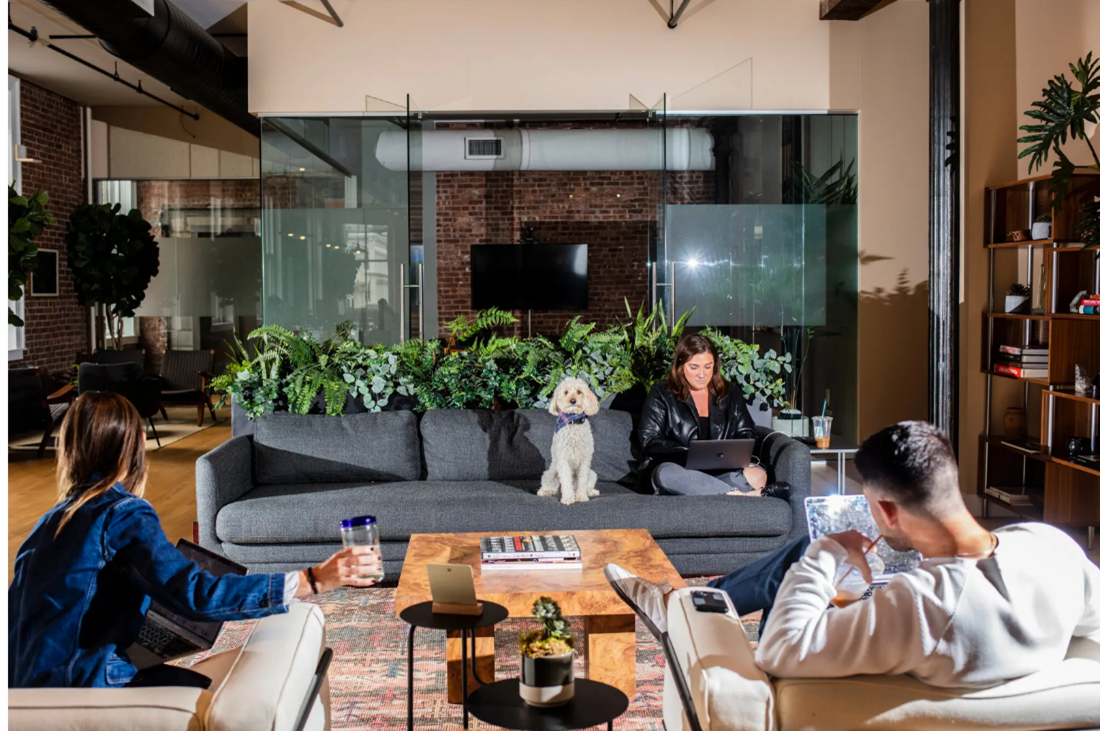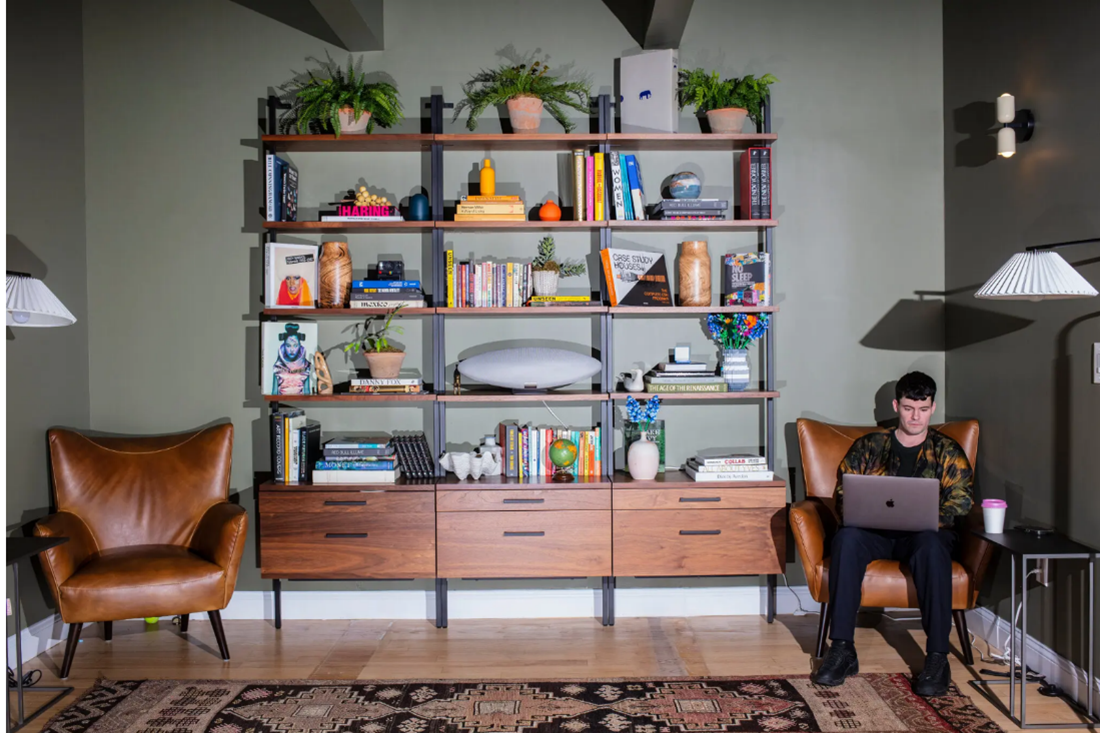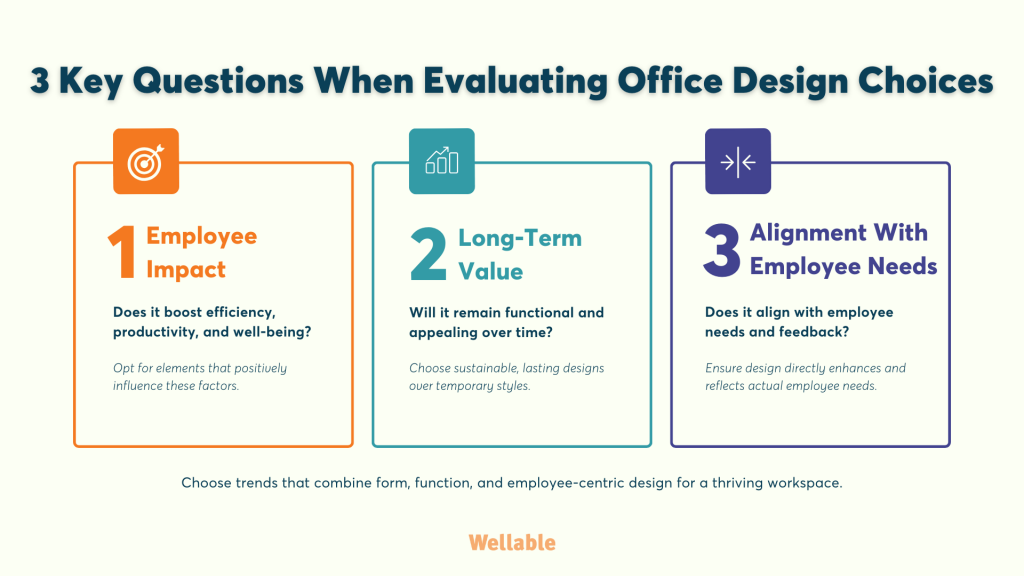In the aftermath of the pandemic, employers struggle to entice a workforce accustomed to remote work to embrace a return to the office.
Many companies are turning to visually appealing, ‘Instagrammable’ office designs, relying on aesthetics to spark excitement for in-office work. Does this approach improve the in-office work experience or fall short of meeting employees’ needs?
Pressed for time? Here’s a quick summary…
- ‘Instagrammable’ office pitfalls: While visually appealing, prioritizing aesthetics in office design can compromise practicality, overlooking employee efficiency and productivity.
- Employee essentials: A well-designed office requires functional tools and space, privacy for focused work, and opportunities for personalization to ensure a comfortable and productive work environment.
- Making smart design choices: When evaluating design trends, assess their impact on employee efficiency, productivity, and well-being. Use surveys and focus groups to ensure these trends meet employee needs.
- Health & wellness focus: Features that support employee well-being, such as ergonomic furniture and wellness rooms, cater to the modern workforce’s increasing focus on health.
- Sustainability & inclusivity: Eco-friendly initiatives, like using energy-efficient lighting, and inclusive designs, such as wheelchair-accessible layouts, create a responsible and welcoming office environment.
Rise Of Instagrammable Offices
‘Instagrammable’ offices are on the rise, featuring vibrant colors, creative themes, and eye-catching designs.

Companies like Magic Spoon are embracing this trend, creating cereal box-inspired ‘blueberry muffin’ and ‘fruity’ themed conference rooms. While these spaces aim to attract a younger, social-media-engaged workforce, there’s concerns that such designs overlook employees’ practical needs.
Employee Office Essentials
An effective workspace goes beyond aesthetic appeal, addressing core needs for optimal efficiency, productivity, and performance:
- Functionality: A functional office provides employees with the necessary tools and spaces for various tasks.
- Privacy: In open-plan offices, it’s essential to have spaces for focused work and confidential discussions, like soundproof meeting rooms and personal workstations. These minimize distractions and maintain a professional atmosphere.
- Personalization: Allowing employees to customize their workspace empowers them with a sense of identity and belonging.
Case Study: M&C Saatchi Sport & Entertainment’s Functionality Gap
M&C Saatchi Sport & Entertainment’s office, with its trendy design and open communal spaces, reveals the pitfalls of prioritizing style over substance. The hot-desk setup, which lacks assigned workspaces, creates logistical problems like insufficient private spaces and inadequate storage for personal items.


Office Design Principles To Keep In Mind
While the “Instagrammable” office trend may fall short of workers’ needs, it reflects a growing understanding of the office’s impact on employee well-being and company culture. It’s crucial to consider key design principles that make the office both appealing and conducive to work.
1. Employee Feedback & Integration
Gathering employee feedback through surveys and focus groups can identify any functionality gaps. For example, input might point to the need for more private phone booths in open offices or secure storage in hot-desk setups. Acknowledging and addressing these diverse needs increases employee engagement, productivity, and job satisfaction.
2. Effectiveness & Longevity Of Design Trends
When evaluating design trends, ask the following questions:
- How will this trend affect employee efficiency, productivity, and/or well-being? If the trend hinders any of these aspects, it’s likely not a beneficial addition to the workspace.
- Will this trend provide long-term value? Adopt trends that maintain their functionality and appeal over time, avoiding temporary or superficial fixes.
- Does this trend align with employee needs? The trend should address or compliment employee feedback to be effective and well-received.

The goal is to balance aesthetics with timeless functionality. For instance, office plants are visually appealing while also improving air quality and mental health.
3. Health & Wellness Focus
As the modern workforce increasingly values their well-being, ensure the office supports physical and mental health:
- Implementing ergonomic furniture helps reduce physical strain.
- Maximizing natural light can improve mental well-being and overall mood.
- Wellness rooms, like gyms or meditation areas, encourage work-life balance and prevent burnout.
- A pet-friendly office can boost mental health and job satisfaction. Pets provide companionship, reducing feelings of loneliness and stress. They also encourage their owners to take regular screen breaks for walks or potty breaks, promoting better work-life balance.
4. Sustainability & Ethical Design Choices
Eco-friendly design choices reflect a company’s commitment to sustainability, resonating with environmentally conscious employees. Using recycled materials, energy-efficient lighting, and locally sourced decor minimizes a company’s environmental footprint, boosts brand image, and strengthens employees’ connection to their workplace.
5. Inclusivity & Accessibility
Inclusive design goes beyond compliance; it’s about creating an environment where every employee feels welcomed and valued. This includes:
- Wheelchair-accessible layouts
- Adjustable desks
- Gender-neutral restrooms
- Comfortable lactation rooms
- Quiet spaces for prayer
These additions accommodate diverse needs, reinforcing a supportive and inclusive culture.












